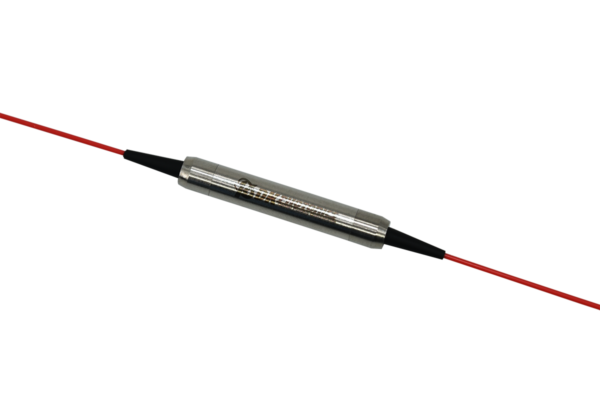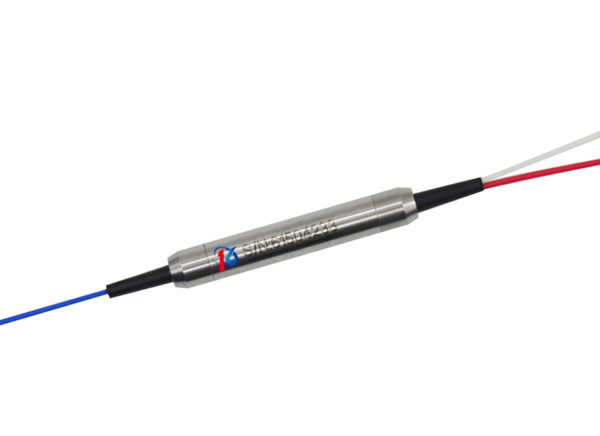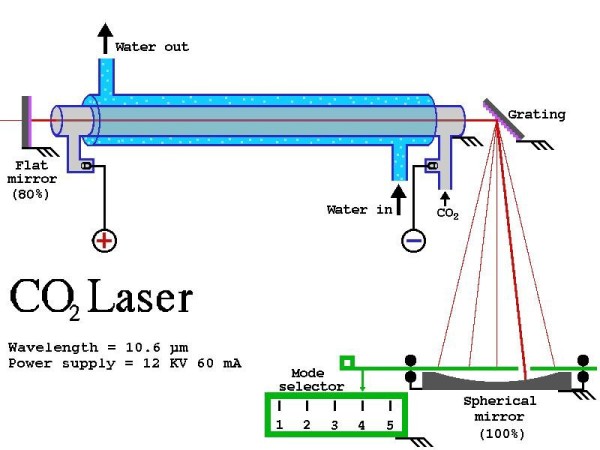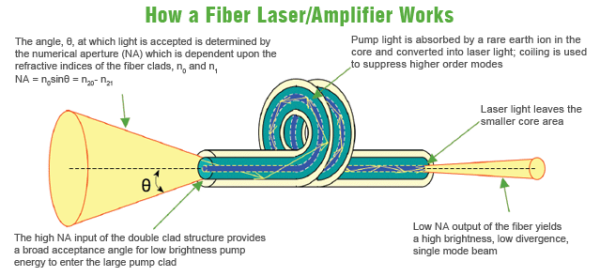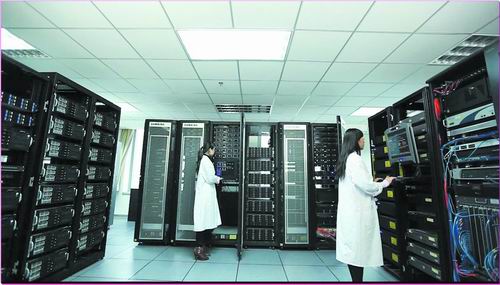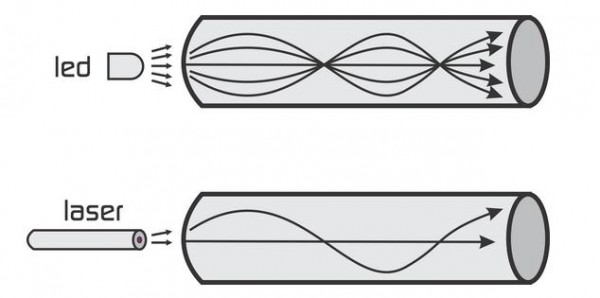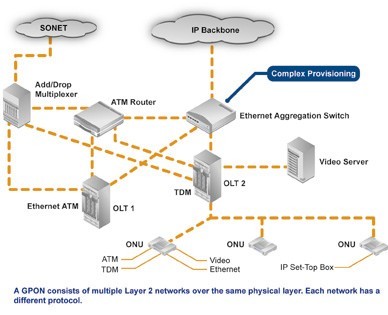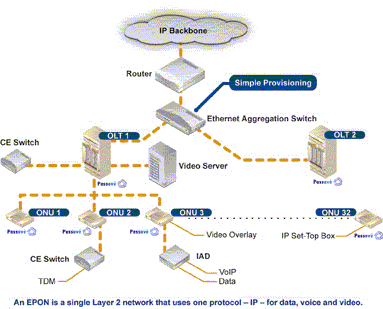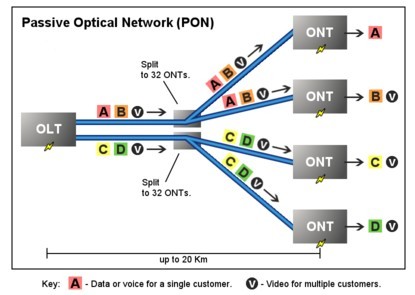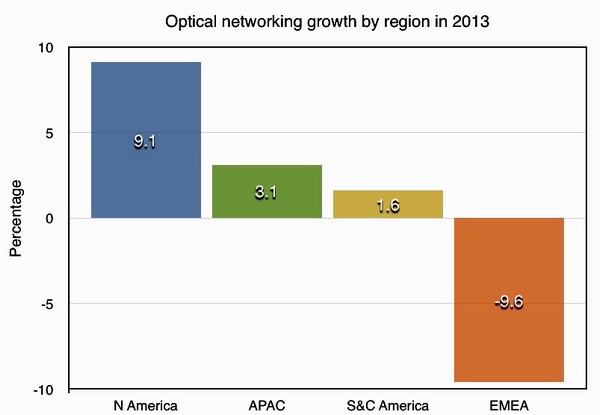Erbium-Doped Fibre Amplifiers (EDFAs) are key components in optical communication systems for improving signal transmission over long distances. In fiber-optic networks, EDFAs are frequently employed to increase optical signal power and make up for signal loss. In this blog post, we will discuss EDFAs’ operational range as well as their capabilities, constraints, and major performance determinants.
Understanding EDFAs: EDFAs are optical amplifiers that magnify optical signals in the C-band wavelength region, typically between 1530 nm and 1565 nm, using erbium-doped fibers. The erbium-doped fiber is amplified by being pumped by a powerful pump laser operating at a different wavelength, commonly 980 nm or 1480 nm. The pump light energy is absorbed by the erbium ions as the signal travels through the erbium-doped fiber and is then released as amplified signals at the required wavelength.
Operating Scope: The range of signal power levels and input signal properties within which the amplifier may function efficiently is referred to as the operational range of EDFAs. To obtain peak performance and prevent distortion or amplifier damage, it is essential to make sure that the input signal power is within the operational range.
Signal Power Range: The input signal power level has a dynamic range for EDFAs. They frequently work in the few microwatts to few milliwatts range. The type of EDFA, pump power, and gain control method are some of the variables that affect the precise power range. Operating below the minimum power level could result in amplifier damage while exceeding the maximum power level could cause signal distortion and perhaps irreversible damage.
Range of Wavelengths: Signals in the C-band wavelength range, which includes wavelengths between 1530 nm and 1565 nm, can be amplified by EDFAs. Due to its low attenuation properties in optical fibers, this wavelength range is frequently utilized in optical communication systems. Amplification outside of this range may result in decreased performance and signal deterioration because EDFAs are designed for this particular wavelength range.
Factors Affecting EDFA Performance:
The following variables may influence how well EDFAs perform within their operational range:
Pump Power and Configuration: The gain and overall performance of the EDFA are greatly influenced by the pump power and configuration of the pump lasers used to excite the erbium ions. In order to maintain the desired signal amplification without adding too much noise or distortion, the pump power level should be carefully adjusted.
Fibre Length and Quality: The amplifier’s performance is affected by the erbium-doped fiber’s length and quality. Higher gain can be achieved with longer fibers, however, dispersion effects may also cause extra signal distortions. Additionally, the performance of the amplifier as a whole, including noise figure and gain flatness, is influenced by the quality and purity of the fiber.
Conclusion:
Long-distance optical communication has undergone a revolution thanks to EDFAs, which make it possible to amplify optical signals in the C-band spectrum. For the deployment and optimization of optical communication systems, it is essential to comprehend the operational range of EDFAs, including the signal power range, wavelength range, and input signal characteristics. Network operators can achieve dependable and effective signal amplification, ensuring smooth transmission over long distances, by sticking to the operational range and taking into account elements that affect EDFA performance.
